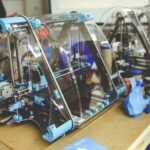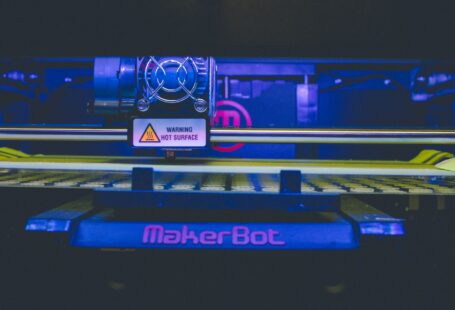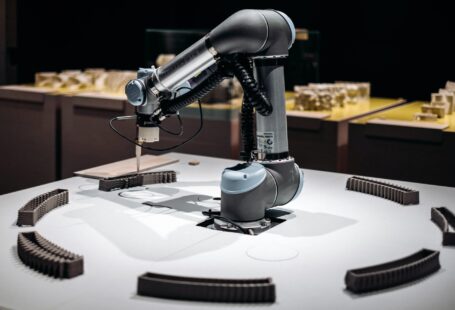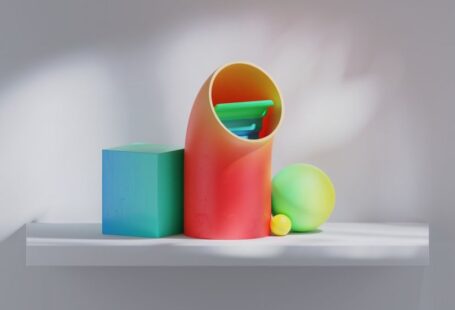The world of 3D printing is constantly evolving and more materials are becoming available for use in the production of 3D objects. Polypropylene is one of the latest materials to join the 3D printing family, and its versatility is proving to be one of its most attractive features.
What is Polypropylene?
Polypropylene (also known as PP) is a thermoplastic polymer that is light in weight, strong, and resistant to chemical and water damage. It is widely used in many industries due to its low cost and versatility. It is also very durable and can withstand high temperatures, making it an ideal material for 3D printing.
Benefits of PP in 3D Printing
The use of polypropylene in 3D printing offers a number of benefits. Firstly, it is highly durable and can withstand a range of temperatures. This makes it suitable for a number of different applications, including the production of parts for consumer electronics and medical devices.
Secondly, polypropylene is lightweight and easy to handle. This makes it ideal for printing complex shapes, which can be difficult to achieve with other materials. The low cost of the material also makes it attractive for larger scale projects.
Thirdly, the low melting point of polypropylene makes it easy to print with and produces a smooth finish. This makes it well-suited for creating detailed parts and objects.
Limitations of PP in 3D Printing
Despite its many benefits, polypropylene does have some limitations in 3D printing. Firstly, the low melting point can cause warping and distortion of the printed object if the temperature is not carefully controlled. Secondly, the material can be difficult to post-process, as it is not easily machined or sanded.
Applications of PP in 3D Printing
Polypropylene is becoming increasingly popular for 3D printing applications. It can be used to create a variety of objects, including parts and components for consumer electronics, medical devices, and automotive parts. It is also becoming increasingly popular for use in the production of toys and other products.
Conclusion
Polypropylene is a versatile material that is becoming increasingly popular for 3D printing applications. It is lightweight, durable, and resistant to water and chemical damage, making it well-suited for a wide range of applications. It is also relatively inexpensive and easy to print with, making it an attractive option for larger projects. While it does have some limitations, the benefits of this material make it an ideal choice for 3D printing.





